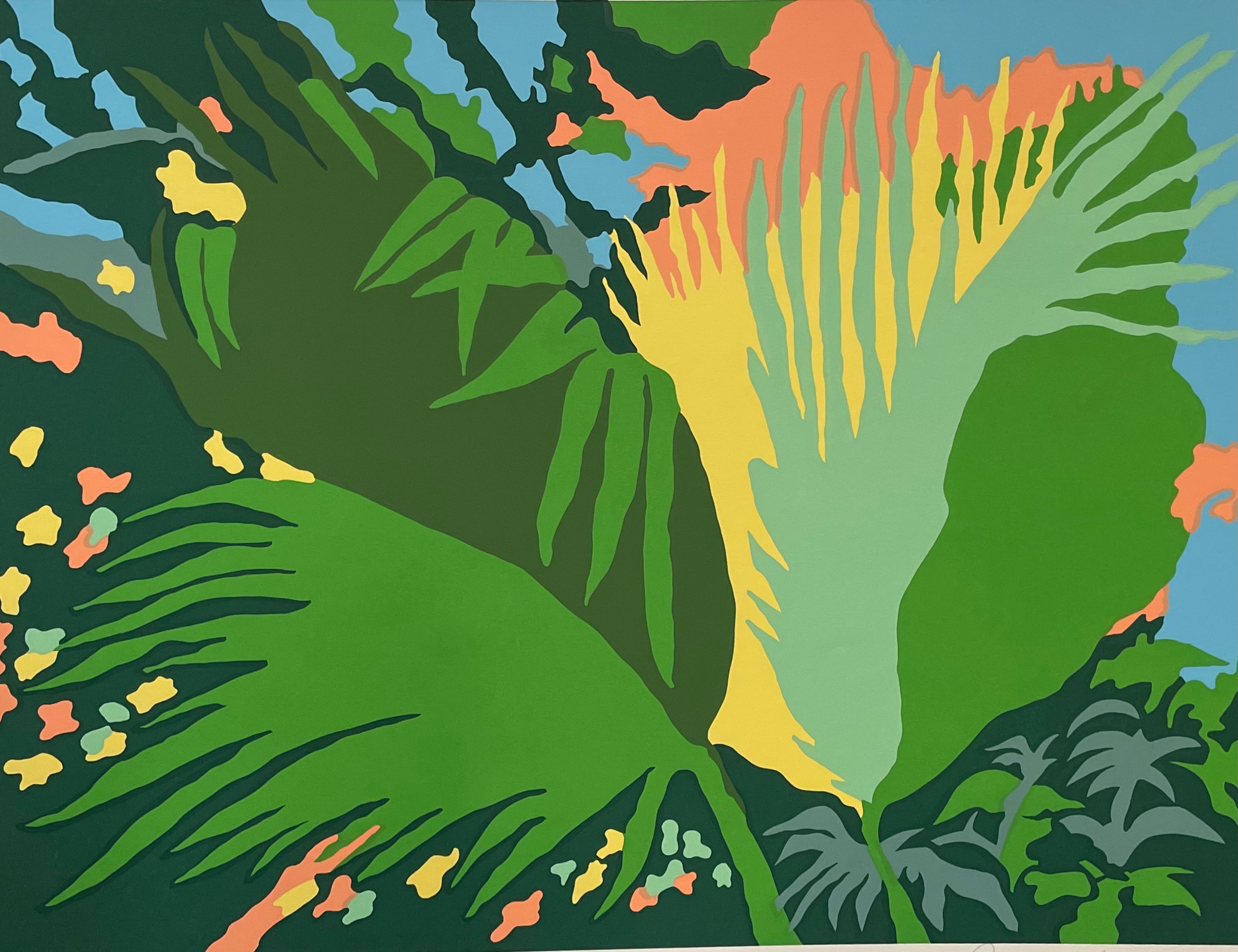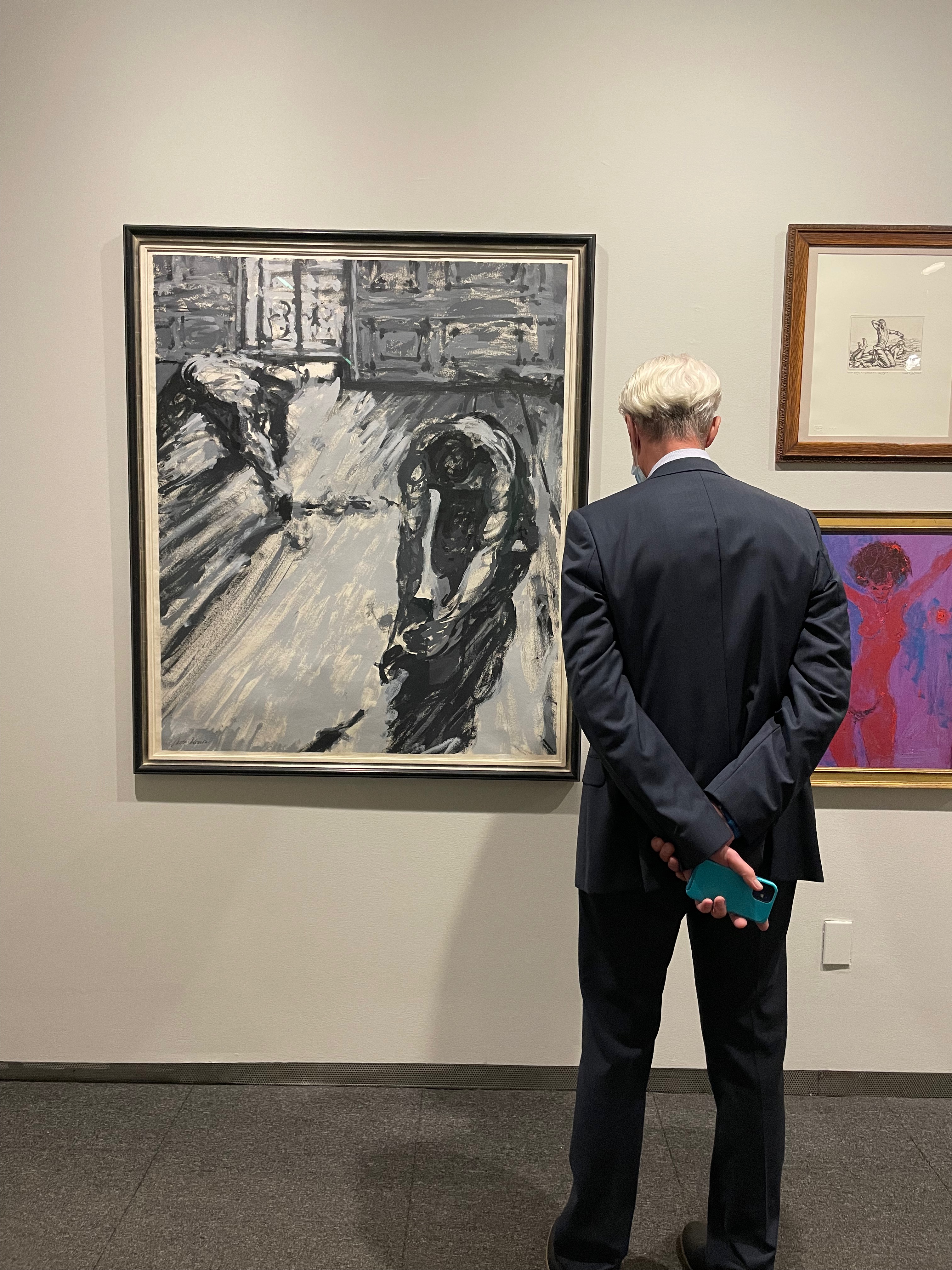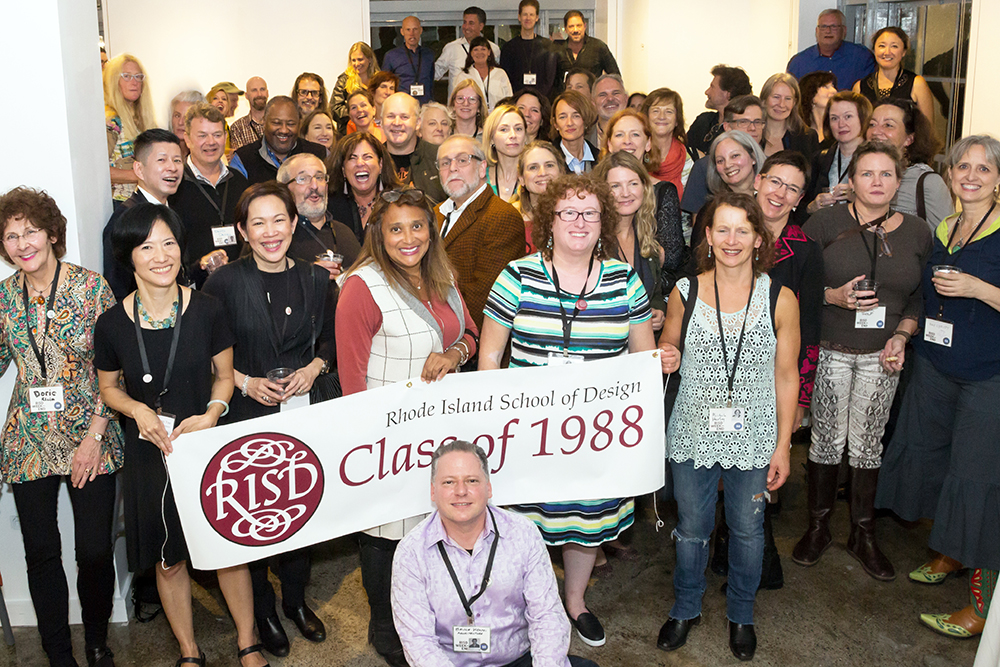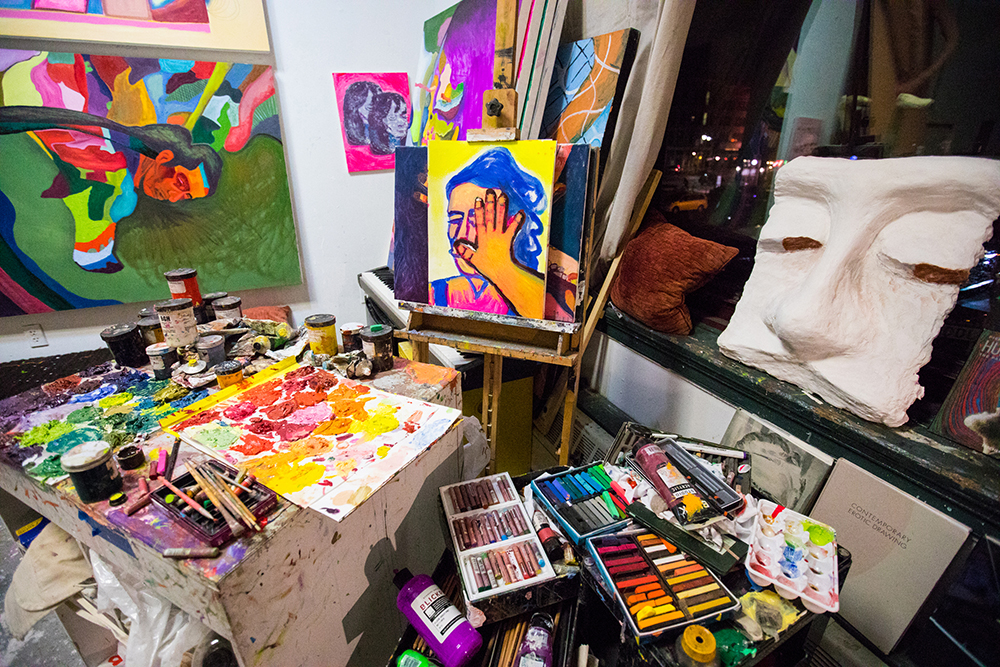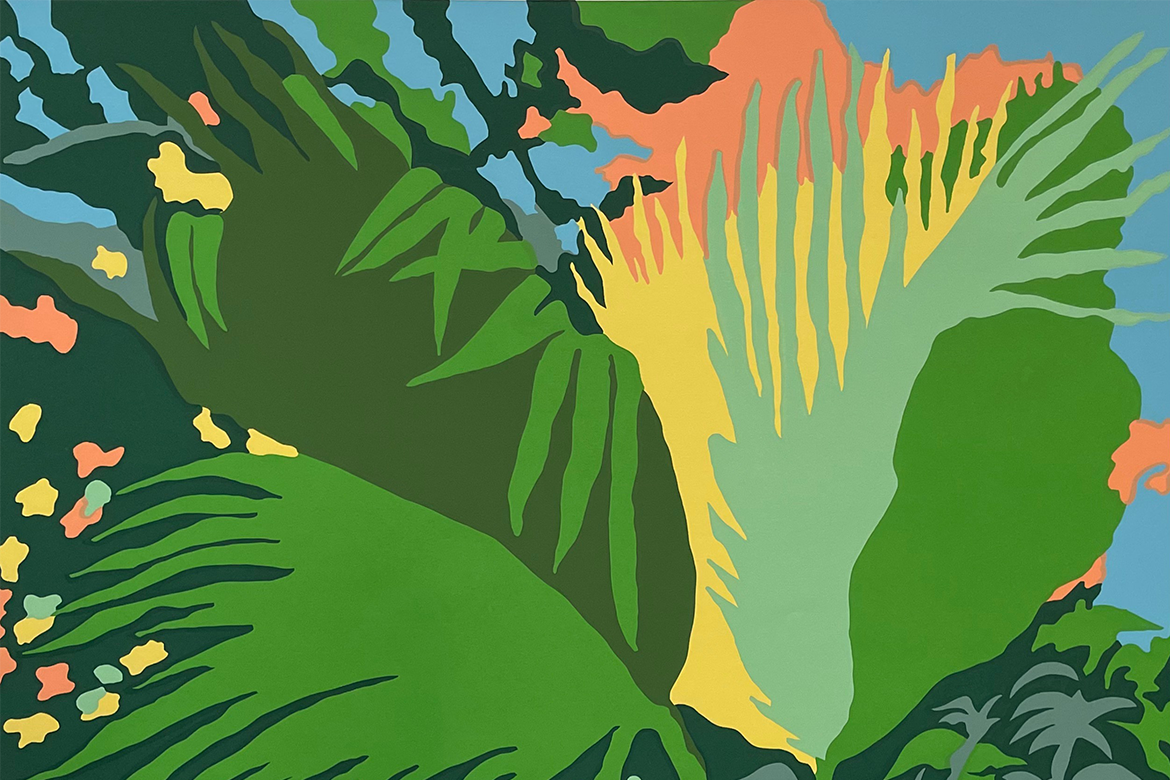
Three Works by Julia Santos Solomon 78 PT
Works include an oral history of her life for the Smithsonian Oral History Department and two artworks on view at the Hudson River Museum in Yonkers, NY.
Solomon was honored when she was invited to create an oral history for the Smithsonian Institution. The recordings, which recount her life, are available to thousands of researchers who will reference them for dissertations, exhibitions, catalogs, articles and books on American Art. Solomon says, “My intention is to be an example for future generations in overcoming obstacles of race and economic circumstances to create the life they dream of.”
Solomon’s piece The Floor Scrapers is a part of the Hudson River Museum’s permanent collection. The exhibition is titled Order / Reorder and it reimagines the way the permanent collection should be hung. It opened June 17, 2022 and ends September 3, 2023.
The Floor Scrapers is part of an early series Julia Santos Solomon created called Homage to the Masters. She was inspired by Gustave Caillebotte’s artwork of the same title (1875, Musée d’Orsay, Paris) and felt a strong empathy for the workers in his scene. Instead of painting a direct copy, Santos Solomon mixed eight shades of gray pigment and focused on how her eye saw Caillebotte’s picture, feeling the movement with her body as she painted in response to the exertion of the workers. The bold brushstrokes, dramatic light, and diagonals of limbs and floorboards all contribute to the palpable energy of the painting. —Hudson River Museum
The exhibition was reviewed in the September/October 2022 issue of American Fine Art Magazine.
Another work of Solomon’s on view is Palma Real, a hand-pulled silkscreen from 1988. All the colors were hand-cut in film and pulled individually. The edition was created in the Dominican Republic. during the years when Solomon taught as a founding faculty member of the Altos de Chavon School of Design in La Romana.
Palma Real can be viewed in Hudson River Museum's new exhibition entitled Matrix, which celebrates printmaking by women artists between the years of 1970–1990. The exhibition is open to the public from October 21, 2020 to April 2023.
Printmaking has served as a stepping stone for many women artists, enabling their work to reach the masses thanks to its accessible form. Matrix: Prints by Women Artists, 1960–1990 explores a period of experimentation in printmaking among women artists, who used the art form as a means of creative expression and also a way to enter the male-dominated art market. Historically, women artists had encountered institutional barriers to success in the fine arts, including a lack of access to formal training, exhibitions, and sales. The 1960s ushered in an era of massive social change, including the feminist movement, which sought equal rights and opportunities and greater personal freedom for women. It became a period of great artistic experimentation and collaboration.
In printmaking, a matrix is the plate, block, or screen that holds the ink. More generally, it is defined as something within or from which something else originates, develops, or takes form. Artists such as Minna Citron, Chryssa, Helen Frankenthaler, Louise Nevelson, Faith Ringgold, and Julia Santos Solomon experimented with the medium during these three decades and became a formidable matrix from which a new generation of printmakers would develop. Individually and collectively, these artists expanded the genre through their mastery of technique and collaboration, while defining and broadening a new, more inclusive voice and visual language. They are now role models to embolden a new generation.

